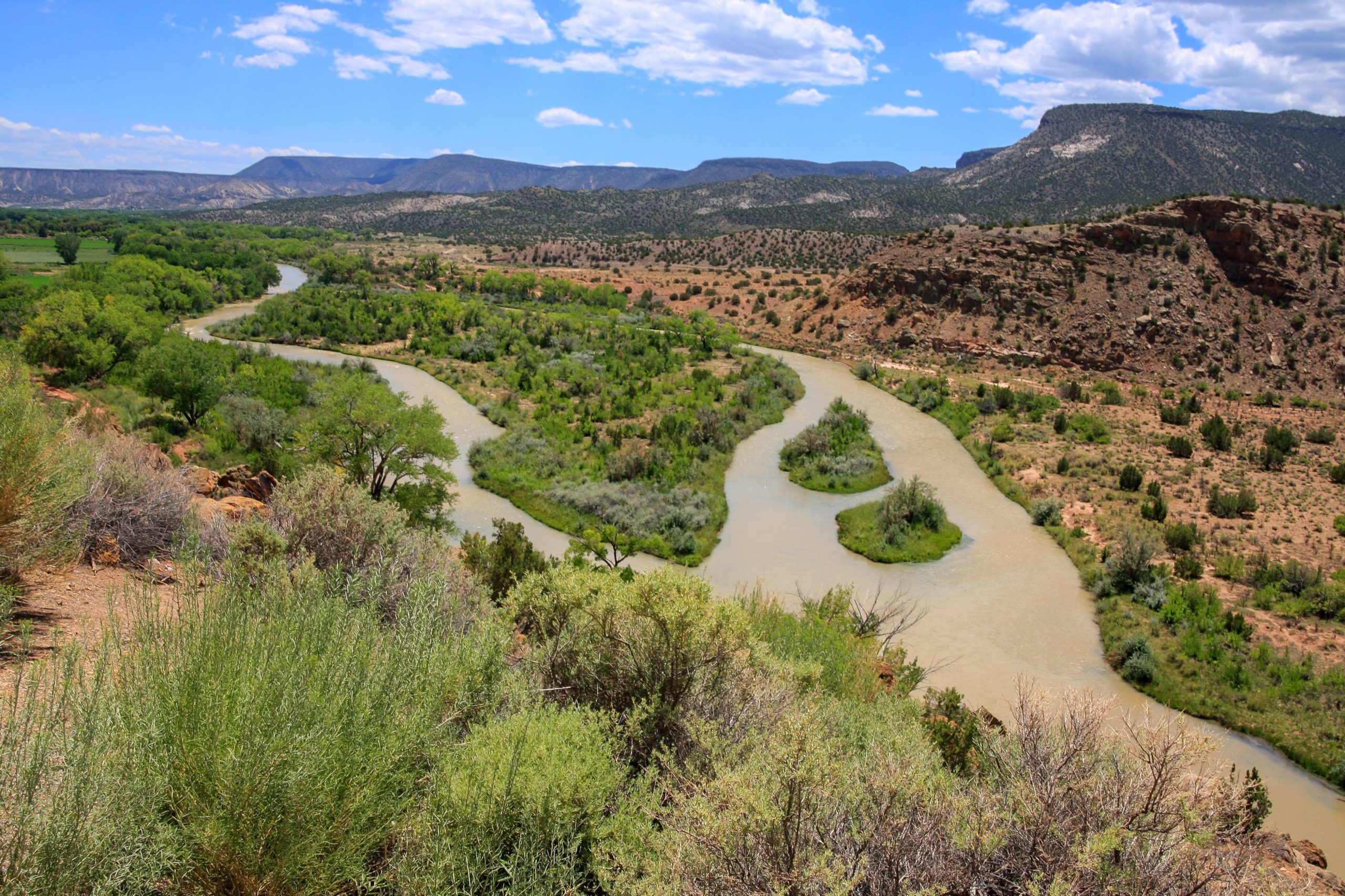On top of the fact that earthquakes and tsunamis are some of the most destructive natural phenomenons humanity faces, they are impossible to predict. To make things easier, a team of scientists has recently come up with a technique that turns underwater telecommunications cables into earthquake detectors.
Developed by Caltech seismologists and Google optical experts, the new method aims to make use of Earth’s vast network of submarine communication cables to develop a giant seismic network. With 99 percent of all overseas data transmission going by undersea cables, our oceans are crisscrossed with cables that could help prevent catastrophes.
Such a development could be particularly useful as current land seismometers and ocean seismic networks can only provide incomplete and remote coverage of ocean seismic events like earthquakes and tsunamis.
This is in large part because the shock waves can only move at the speed of sound, meaning that there is little warning in the event of a tsunami threatening a coastline. In contrast, submarine cables could detect such events with more accuracy because they would be much closer to the source and the warnings would flash ashore at the speed of light.
While the idea of using submarine cables as seismic detectors isn’t new, previous efforts required the installation of special equipment and the use of inoperative cables. The Caltech/Google method, however, relies on widely available fiberoptic cables.
Fiber optic cables normally transmit data through laser pulses which are polarized. In the case of a disturbance — such as a big wave or an earthquake — the polarization of the laser pulses changes. As these pulses reach the other end, they are routinely monitored, meaning that seismic events could be monitored on a live cable with standard equipment.
As part of their study, the team focused on the Curie Cable that stretches along the coast of North and South America. Over nine months, they detected 20 moderate-to-large earthquakes along the cable, with the largest being a 7.7 magnitude event off the coast of Jamaica.











